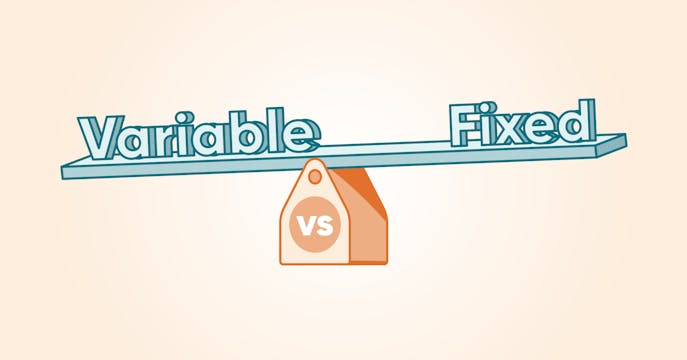Where are mortgage rates forecast to go in 2025?
If no tariffs had materialized — I expected a BoC resting rate of 2.5% by the end of 2025.
The BoC's policy rate still isn't low enough to encourage a consistent hum of economic growth during what would have been more 'normal' times.
Both inflation and Canada's economic engine were heating up towards the end of 2024, and a policy rate of 2.50% may have been stimulus enough to spur recovery after 2 years of high interest rates while keeping inflation in check.
That would have meant a total prime rate drop of 2.5% (from the high of 7.20% in 2024) by the end of 2025.
(Prime rate drops directly impact variable mortgage rates.)
I think it's important to keep this forecast here for a time, offering a contrast with what is happening now at the behest of U.S.-imposed trade turmoil.
Will blanket or partial tariffs become the new normal? Look for the BoC to cut deeper.
Whether it's the threat of U.S. tariffs, a full-blown trade war, or higher tariffs on only certain goods, the impact on our economy is already evident, with small businesses the first to suffer the most.
With an eye on potential price volatility, some economists predict the BoC might have to cut its rate another 2 to 5 times (0.25% drops) to a policy rate of at least 2.25% (and maybe as far down as 1.5%) — for a prime rate of least 4.45%, assuming the current spread with the policy rate of +2.20%.
I believe that the BoC's policy rate will come down to 2.25% by the third quarter of 2025. A tariff-induced recession could see the cuts coming faster and deeper. However, rate pauses could come at any time if inflationary winds are blowing through its hair.
Everything is uncertain right now. Stay with us as we seek some level of certainty about how this new reality will progress for Canadians.
Read here for more on why trade tariffs could affect mortgage rates this year, including how tariffs have worked out for everyone in the past.
What is the neutral rate?
The BoC had indicated that its neutral rate (assuming no tariffs) is pegged at around 2.75%, where the economy is neither stimulated nor repressed. However, rates might need to go lower to stimulate an economy dragged down by trade turmoil.
Is there a danger that the prime rate could increase?
There's always that danger, although the economic softening already underway makes it unlikely — unless the central bank decides to fight inflation, no matter the cause.
What about fixed mortgage rates?
Note that bond yields, which inform fixed rates, will be pushed and pulled by a mix of forces. However, if more than one interest rate cut is anticipated, look for a dedicated downward trend.
As interest rates change, fixed mortgage rates usually move in anticipation of the changes, but more fluctuation is possible between interest rate announcements. That's because fixed rates follow the bond market. Read more here.





